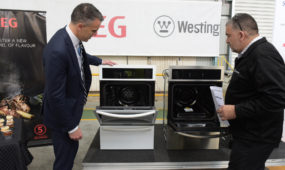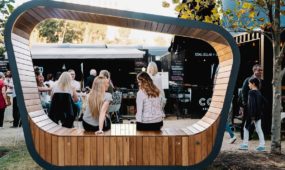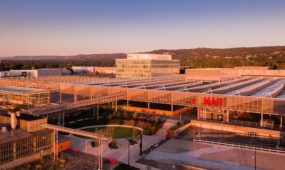Gupta reveals plans for massive Australian steel revival
Manufacturing
Billionaire industrialist Sanjeev Gupta has announced plans to build the largest steel plant in the developed world in South Australia.

Sign up to receive notifications about new stories in this category.
Thank you for subscribing to story notifications.
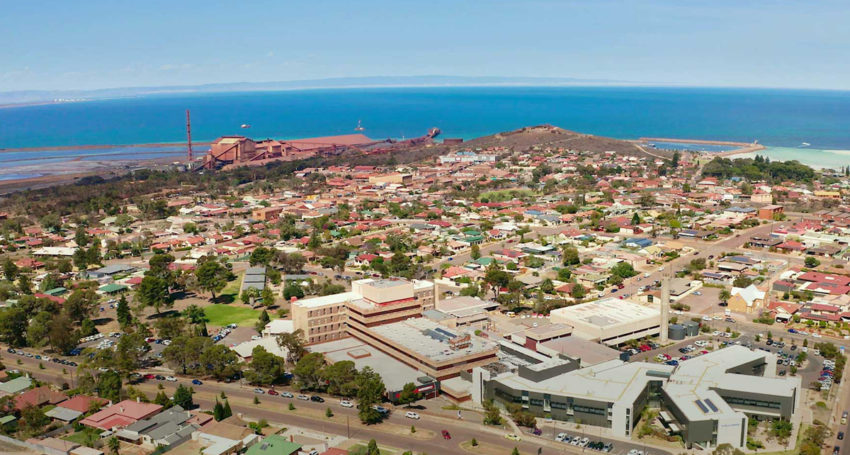
Liberty Primary Steel – part of Gupta’s GFG Alliance – today announced major steps towards the transformation of the alliance’s Whyalla steelworks, signing contracts worth more than A$600m.
GFG Alliance has also contracted China Metallurgical Group Corporation (MCC) to run a feasibility study into building a new steel plant in Whyalla capable of producing 10 million tonnes a year, almost double Australia’s current steel production.
The projects include an upgrade to modernize the current 60-year-old steelworks and bring its capacity up to 1.8 million tonnes a year.
“What is critical is we will make value-added steel – not just a commodity but things that add value,” Gupta said.
“One of those key products is rail, Australia will need a lot of rail in times to come and the world needs a lot of high-quality rail.”
The new Liberty Next-Gen Steel plant would be designed to produce 10 million tonnes per year, with room for further expansion, and would be the most advanced and biggest of its kind in the developed world.
It would also be supported by a 400MW co-generation plant to deliver power to the facility and surplus power to the South Australian energy grid.
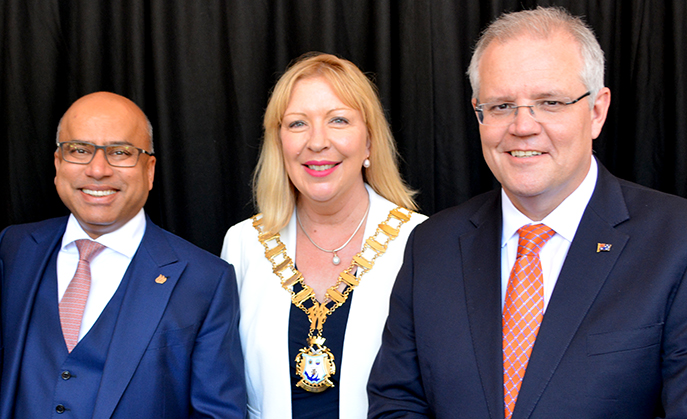
Sanjeev Gupta with Whyalla Mayor Clare McLaughlin and Australian Prime Minister Scott Morrison.
The announcements strengthen Gupta’s position in South Australia, which began last year when the British billionaire’s company Liberty House purchased the struggling Whyalla Steelworks from Arrium.
Whyalla is at the top of Spencer Gulf about 300km northwest of the South Australian capital Adelaide.
In August, Gupta announced GFG Alliance’s plan to develop projects to generate one gigawatt of dispatchable renewable energy with several sites earmarked in the Upper Spencer Gulf region near Whyalla.
Last week it was also announced that a GFG Alliance-funded mining exploration project had located a potentially large iron ore deposit in South Australia.
“This (Whyalla) was the poor cousin of the equation … I am quite used to looking for diamonds in the rough but here I truly did find a diamond,” Gupta said.
“Whyalla is a place with all the natural resources required to make steel, we have the best natural resources for renewable energy, we have great infrastructure including a unique port and we have a workforce who is willing to fight for its destiny.
“This now firmly cements GFG’s commitment to Whyalla’s development, and the start of a brighter and more prosperous journey that this city truly deserves.”
He announced his plans at a ceremony attended by the town’s residents as well as the Prime Minister of Australia Scott Morrison, the Leader of the Opposition Bill Shorten and the Premier of South Australia Steven Marshall.
Gupta’s ambitious expansion plans are predicted to help Whyalla’s population to grow from 22,000 to 80,000 in the coming years.
The City of Whyalla has also announced three major projects: a $145 million solar powered horticultural development; a $45 million 150-room hotel on the Whyalla foreshore, and; a $6 million organic recycling facility.
Whyalla Mayor Clare McLaughlin said the projects would be funded in partnership with the relevant investors and stakeholders while the council would seek support from the state and federal governments to ensure “the whole of Whyalla was brought along for the ride”.
“We Are Whyalla is a catch cry that you’ll see more and more over the coming months as we engage every section of our community, as we communicate to every last member of our city our bold and world-reaching plans,” Mayor McLaughlin said.
“It won’t happen overnight, but as sure as the next day will come, the amazing story of Whyalla will unfold.”
Global steel production is dominated by China, which produces about half of the world’s steel. Australia is the world’s 26th largest steel producer with an output of about 5.3 million tonnes a year.
Jump to next article

